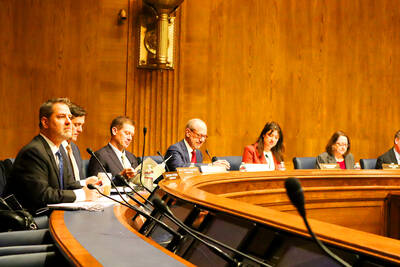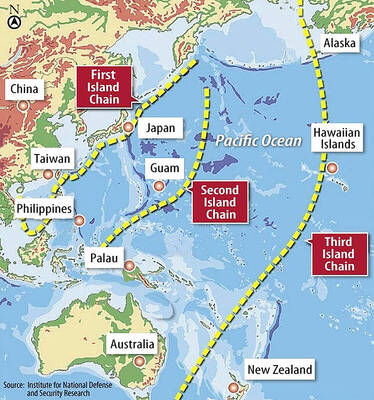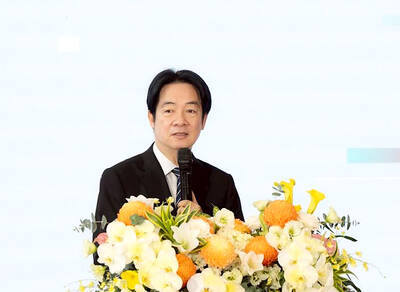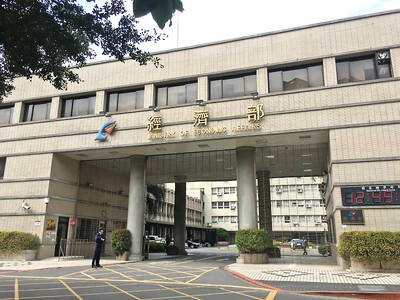Fighting flared across Iraq on Friday as US-led coalition troops battled militiamen loyal to Shiite cleric Moqtada al-Sadr in several cities for a second day in an apparent resurgence of the widespread Shiite rebellion that ended two months ago.
The two days of fighting left dozens dead and wounded over 100 others, witnesses and officials said.
In the holy city of Najaf in southern Iraq, helicopter gunships pounded militant positions in fierce fighting that started Thursday and spread to other Shiite areas, including Baghdad's Sadr City neighborhood.
Clashes were also reported Friday between US troops and insurgents north of the capital in Samarra.
Elsewhere, Italian soldiers exchanged gunfire with militants who attacked their positions and a police station in the southern city of Nasiriyah, an Italian military spokesman said.
The fighting raised fears of a return of the large-scale uprising launched in April by al-Sadr's Mahdi Army militia, which at that time battled US and coalition troops in several cities in the first major Shiite violence against the US personnel.
Al-Sadr's aides called yesterday for a return to the truce and asked for the UN and Iraq's interim government to stop the violence.
"We call upon the government -- that has announced that it is sovereign -- to intervene to stop the American attacks," Mahmoud al-Sudani, a spokesman of al-Sadr in Baghdad, told reporters.
In Najaf, 160km south of Baghdad, US choppers attacked militants hiding in a cemetery near the Imam Ali Shrine in the old city at Najaf's center, where smoke could be seen rising.
Gunfire and explosions rang out as US soldiers and Iraqi policemen advanced toward the area, witnesses said. The streets were otherwise deserted and shops were closed.
Battles between the two sides in Najaf have killed at least 10 people and wounded 40 others, according to Hussein Hadi of Najaf General Hospital official. The US military said Thursday it had lost one soldier in the battle, killed seven militants and detained dozens of people.
Ahmed al-Shaibany, an official with al-Sadr's office in Najaf, described the clashes yesterday as "fierce."
"The area near the [Imam Ali Shrine] is being subjected to a war," he said. "Najaf is being subjected to ... total destruction," he said. "We call on the Islamic world and the civilized world to save the city."
The US military has accused the militants of hiding in the shrine compound to avoid retaliation by US forces.
In the southern city of Nasiriyah, assailants attacked Italian troops with automatic weapons, an Italian military spokesman said on condition of anonymity. They also attacked a police station, prompting the local governor to call for Italian military assistance, he said. There were no coalition casualties, the spokesman said.
The fighting, which lasted until dawn yesterday, killed eight Iraqis, including five militants, and injured 13 others, according to Abdel Khuder al-Tahir, a senior Interior Ministry official.
"Today, the city is more stable. Policemen and National Guard are in control of government buildings one side of the city, while Italian forces are in control of the other side," he said.

LIMITS: While China increases military pressure on Taiwan and expands its use of cognitive warfare, it is unwilling to target tech supply chains, the report said US and Taiwan military officials have warned that the Chinese People’s Liberation Army (PLA) could implement a blockade within “a matter of hours” and need only “minimal conversion time” prior to an attack on Taiwan, a report released on Tuesday by the US Senate’s China Economic and Security Review Commission said. “While there is no indication that China is planning an imminent attack, the United States and its allies and partners can no longer assume that a Taiwan contingency is a distant possibility for which they would have ample time to prepare,” it said. The commission made the comments in its annual

DETERMINATION: Beijing’s actions toward Tokyo have drawn international attention, but would likely bolster regional coordination and defense networks, the report said Japanese Prime Minister Sanae Takaichi’s administration is likely to prioritize security reforms and deterrence in the face of recent “hybrid” threats from China, the National Security Bureau (NSB) said. The bureau made the assessment in a written report to the Legislative Yuan ahead of an oral report and questions-and-answers session at the legislature’s Foreign Affairs and National Defense Committee tomorrow. The key points of Japan’s security reforms would be to reinforce security cooperation with the US, including enhancing defense deployment in the first island chain, pushing forward the integrated command and operations of the Japan Self-Defense Forces and US Forces Japan, as

‘TROUBLEMAKER’: Most countries believe that it is China — rather than Taiwan — that is undermining regional peace and stability with its coercive tactics, the president said China should restrain itself and refrain from being a troublemaker that sabotages peace and stability in the Indo-Pacific region, President William Lai (賴清德) said yesterday. Lai made the remarks after China Coast Guard vessels sailed into disputed waters off the Senkaku Islands — known as the Diaoyutai Islands (釣魚台) in Taiwan — following a remark Japanese Prime Minister Sanae Takaichi made regarding Taiwan. Takaichi during a parliamentary session on Nov. 7 said that a “Taiwan contingency” involving a Chinese naval blockade could qualify as a “survival-threatening situation” for Japan, and trigger Tokyo’s deployment of its military for defense. Asked about the escalating tensions

The Ministry of Economic Affairs said it plans to revise the export control list for strategic high-tech products by adding 18 items under three categories — advanced 3D printing equipment, advanced semiconductor equipment and quantum computers — which would require local manufacturers to obtain licenses for their export. The ministry’s announcement yesterday came as the International Trade Administration issued a 60-day preview period for planned revisions to the Export Control List for Dual Use Items and Technology (軍商兩用貨品及技術出口管制清單) and the Common Military List (一般軍用貨品清單), which fall under regulations governing export destinations for strategic high-tech commodities and specific strategic high-tech commodities. The